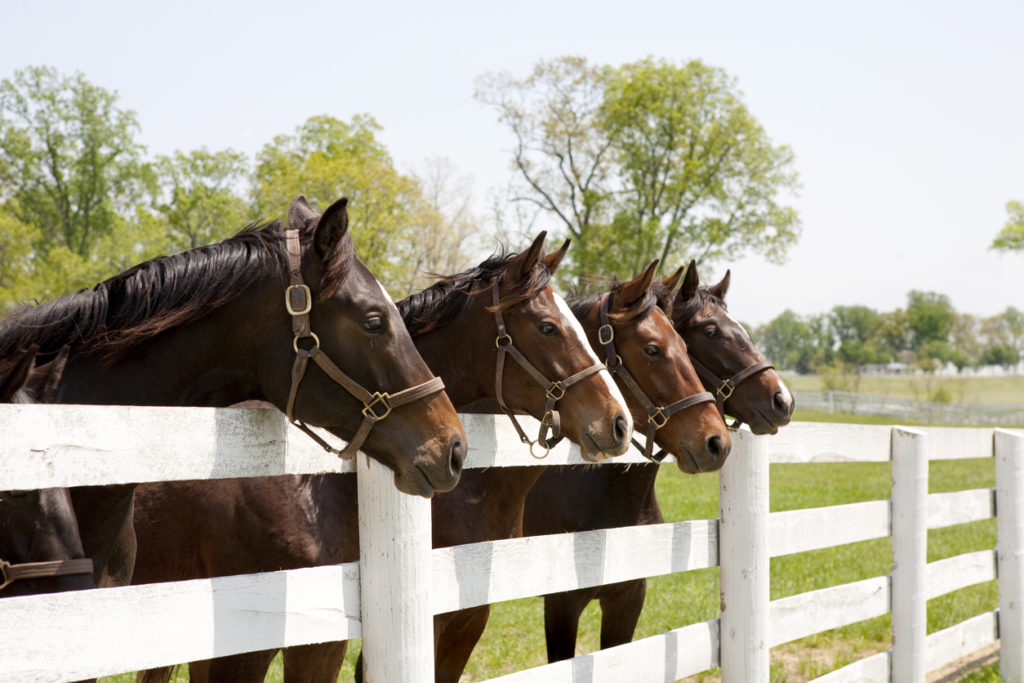
Fences are integral in horse properties. Beyond its aesthetic value, it serves the important function of keeping horses within designated areas, preventing them from escaping out into roadways and the rest of the community. In case such an accident happens, horses are not the only ones in danger. Motorists, pedestrians, and even property might also be at risk.
As such, choosing the right fences is crucial. Thousands of years of horse-keeping, however, have yet to identify the best material all around. In the meantime, the best course of action would be to pick a fence that suits your property’s needs.
Pipe and cable
Durable and with enough flexibility, pipe and cable fencing makes a strong case for being one of the best types of fencing out there.
While fences keep the horses in their designated areas, they can also be the cause of injuries. A horse can easily run through or stick one of its legs in between the rungs, and both situations can result in an injury or two. But since pipe and cable fencing is flexible, injuries are less likely to happen.
With this type of fencing, pipes make up the top beams while cables serve as the lower rungs. In case a horse runs through the fence, the cables can prevent severe injuries from happening.
Pipe and cable fencing are also long-lasting. They are both resistant to rust and corrosion, which makes it a great alternative to wood and metal fencing. On the downside, pipe and cable fencing typically cost more. But with all the advantages, the added investment is worth it.
Post and rail
Post and rail is a classic option for fencing your equestrian property. Its most traditional form is made of timber, but nowadays, you can use other types such as plastic and other synthetic materials.
Visual appeal is one of post and rail fencing’s strongest points. It can look good on flat or rolling terrain without obstructing the natural beauty of the area. Some say it even adds to the view, blending well with the environment.
Post and rail fencing is also durable, although the level of durability ultimately depends on the kinds of material you choose. Timber in general is hardy and can go by for years and years. Do check regularly for decay and damage, however.
Same as durability, the overall cost for post and rail fencing also varies. Compared to most types of fencing, however, post and rail fencing has shown to be cost-effective because of its hard-wearing quality and beauty.
Vinyl and wood
Wood is a traditional and popular choice for fencing. There are many types of lumber to choose from in a wide range of price points. Repairing wood fencing is easy and relatively inexpensive, but over time, the costs can stack up. Longevity is another weakness, as some types of wood are not resistant to rot and moisture.
Vinyl, on the other hand, is considerably cheaper than wood and durable. Installing it is also inexpensive. Finally, vinyl can come in different kinds of styles, with some options looking like wood.
Together, vinyl and wood fencing can achieve the kind of visual appeal you want without having the price tag of all-wood fencing. With the majority of the fence made of vinyl, you can have gorgeous fencing for your equestrian property that is also low-cost, low-maintenance, and long-lasting.
Find horse properties you will love with Sarah Boyd and Company
Their expertise in horse ranches for sale in Texas covers Whitesboro TX real estate and horse property for sale in Pilot Point Texas. Get in touch with the team today to learn more.
